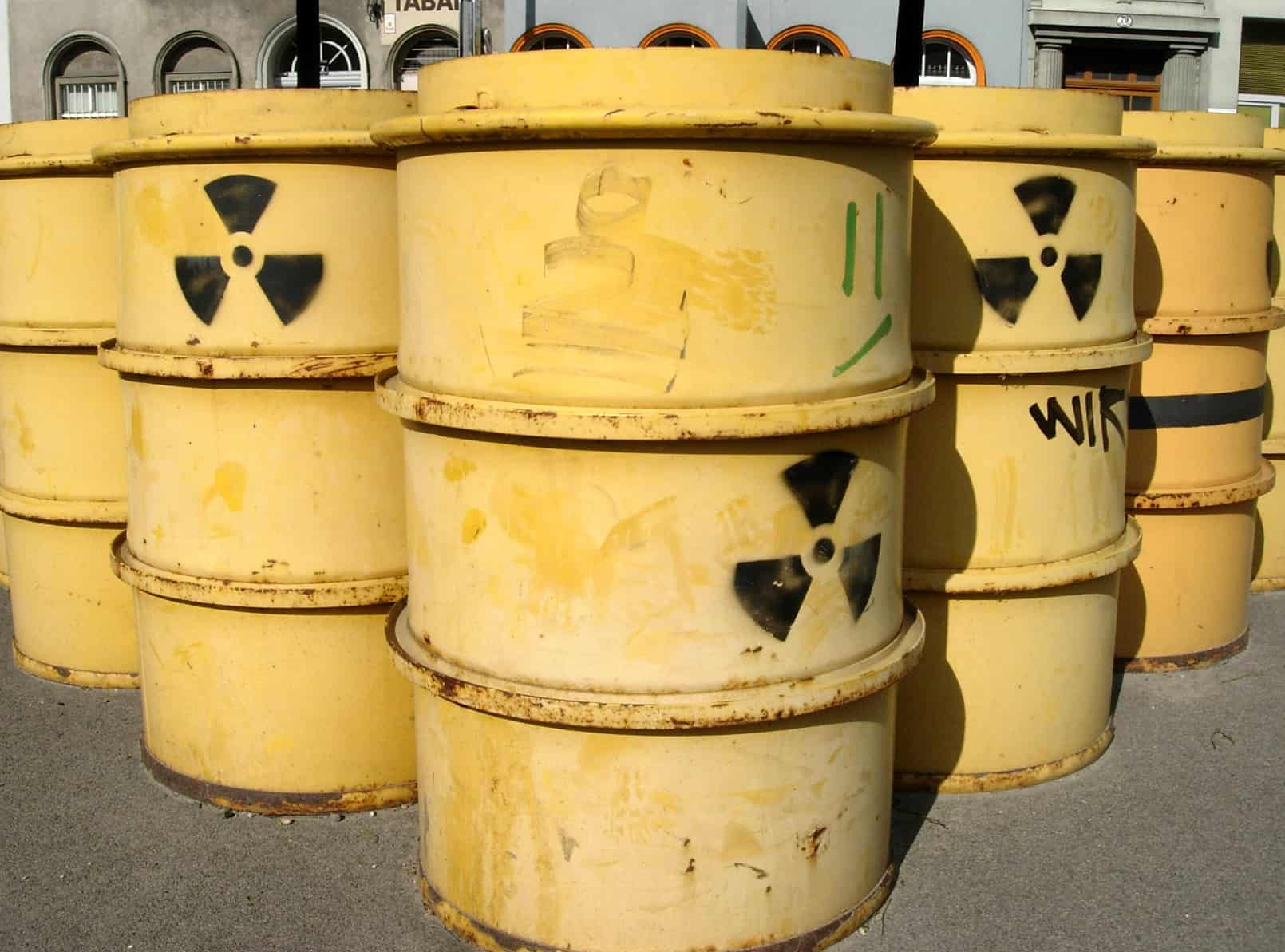Space particles help detect uranium and manage nuclear material
A UK consortium has developed technology for imaging space particles called muons, which can be used to identify and manage radioactive material containing uranium.

(Credit: Dr János Korom via CC)
Similar in structure and charge to electrons, muons are created when cosmic rays collide with the Earth’s atmosphere. Almost a decade ago, scientists from the National Nuclear Laboratory (NNL) and Glasgow University discovered that these space particles interact differently with uranium than with other matter, scattering instead of passing straight through. Spin-out company Lynkeos was created to harness the discovery and turn it into a commercial product for the nuclear industry, potentially assisting decommissioning, detection and storage, and saving the sector millions of pounds.
“About 10,000 muons are hitting every square metre of the earth’s surface every minute,” said Dr Craig Shearer, project leader at NNL. “Dozens hit you every second and when they do, they pass straight through you – with almost no distinguishable deviation. This is not true when they hit uranium, however. Instead, they scatter.
“When we first looked at this in 2009, we thought we had a 50/50 chance of turning this idea into a product that could be commercialised for the nuclear industry. But the results surpassed expectations at every stage.”
Register now to continue reading
Thanks for visiting The Engineer. You’ve now reached your monthly limit of news stories. Register for free to unlock unlimited access to all of our news coverage, as well as premium content including opinion, in-depth features and special reports.
Benefits of registering
-
In-depth insights and coverage of key emerging trends
-
Unrestricted access to special reports throughout the year
-
Daily technology news delivered straight to your inbox










Water Sector Talent Exodus Could Cripple The Sector
Maybe if things are essential for the running of a country and we want to pay a fair price we should be running these utilities on a not for profit...